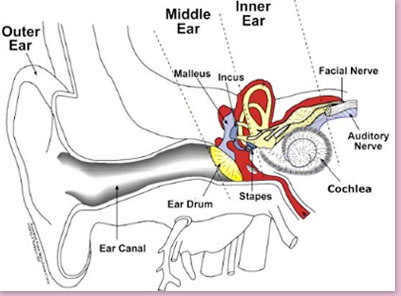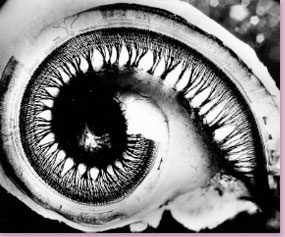Links & Helpful Information
LINKS
American Academy of Audiology
Pennsylvania Academy of Audiology
Academy of Dispensing Audiologists
American Tinnitus Association
Hearing Loss Association of America
Mayo Clinic
National Institute on Deafness and other Communication Disorders
KidsHealth
Auditory Processing
Balance and Dizziness
Patient Financing
WHAT TO DO IF YOU THINK YOU HAVE A HEARING LOSS
Make an appointment. We will carefully inspect your ear canals to see if you may have a blockage and then evaluate your hearing.
Hearing loss, if left untreated, may cause auditory deprivation.
Someone who has hearing loss or impairment may be able to hear some sounds or nothing at all.
TINNITUS
Tinnitus is the perception of sound described as ringing, buzzing, humming, hissing or roaring when external noise is not present. It can also sound like chirping, clicking or crickets. It affects 17% of the general population and 33% of the elderly. Currently over 50 million Americans are affected to some degree, according to the American Tinnitus Association. The tinnitus can be constant or intermittent. While the auditory system may be the origin, other systems determine if a person only experiences tinnitus or suffers from it. Tinnitus, or ringing in the ears, can often be treated or lessened by the use of some of the newest technology.
Some causes of tinnitus may be:
• Loud and excessive exposure to noise.
• Head Trauma
• Inner ear damage due to the process of aging
• Hypertension
• Impacted wax (cerumen)
• Ototoxic drugs and medications including aspirin
• Diseases of the ear
• Menieres disease – www.menieres.org
• Otosclerosis – www.healthtouch.com
• Acoustic Neuroma – www.Anausa.org
• TMJ or jaw problems
• Caffeine
• Alcohol
• Nicotine
• Stress
• Silence
HOW HEARING WORKS
The ear is made up of three different sections: the outer ear, the middle ear, and the inner ear. These parts work together so you can hear and process sounds. The outer ear, or pinna (the part you can see), picks up sound waves and the waves then travel through the outer ear canal.

When the sound waves hit the eardrum in the middle ear, the eardrum starts to vibrate. When the eardrum vibrates, it moves three tiny bones in your ear. These bones are called the hammer (or malleus), anvil (or incus), and stirrup (or stapes). They help sound move along on its journey into the inner ear.
The vibrations then travel to the cochlea, which is filled with liquid and lined with cells that have thousands of tiny hairs on their surfaces. There are two types of hair cells: the outer and inner cells. The sound vibrations make the tiny hairs move. The outer hair cells take the sound information, amplify it (make it louder), and tune it. The inner hair cells send the sound information to your hearing nerve, which then sends it to your brain, allowing you to hear.

Damage to any of these areas may cause difficulties with your hearing. Urhing's Hearing and Balance Center has the knowledge, experience, technology and patience to evaluate each part of the sounds' journey.





